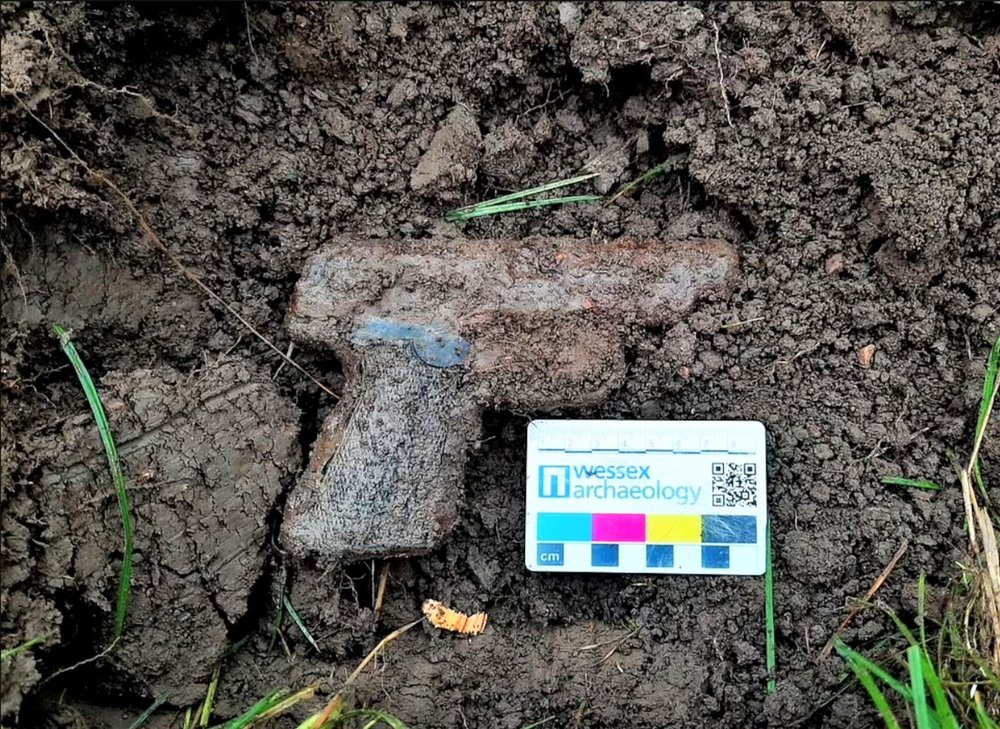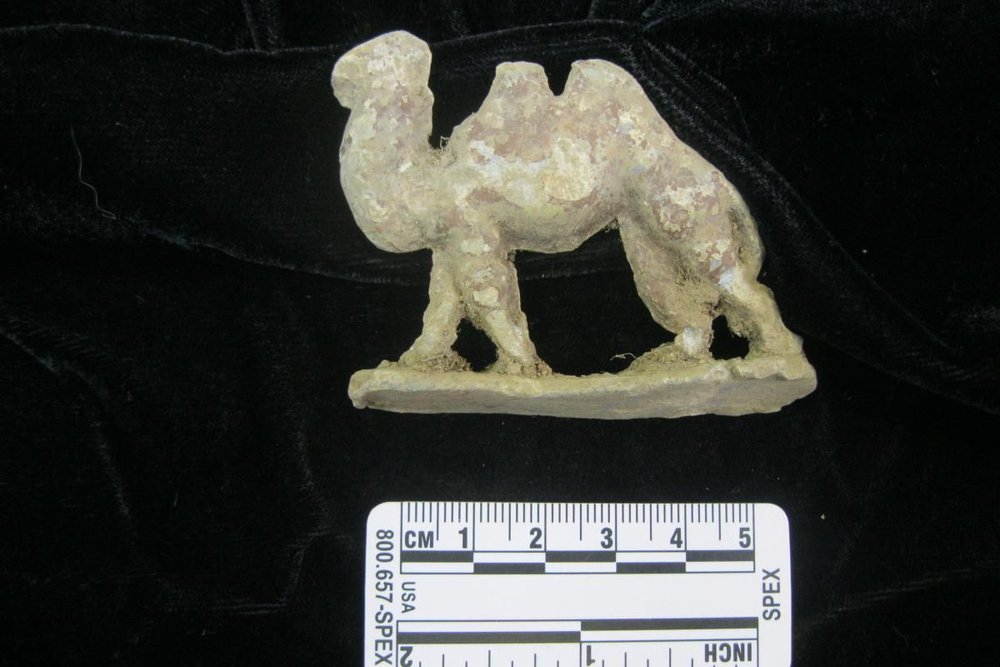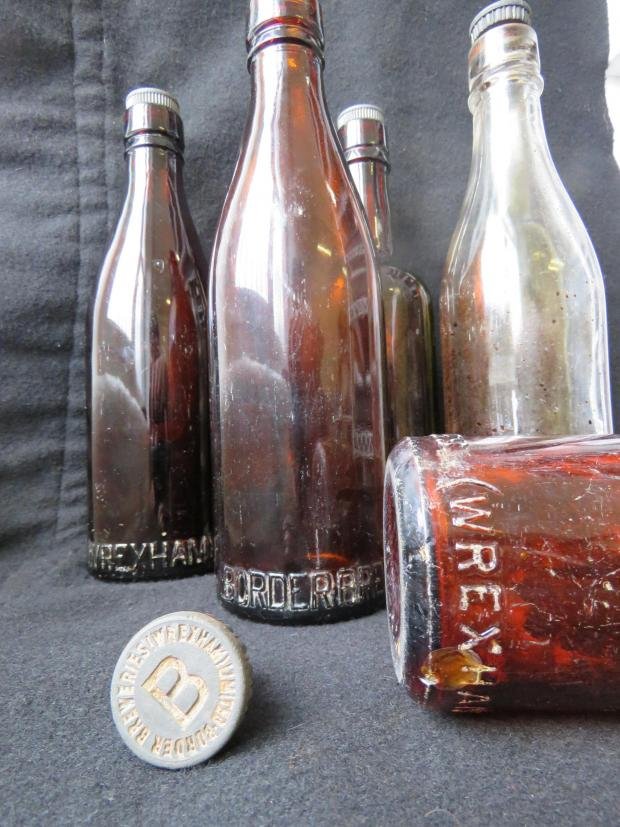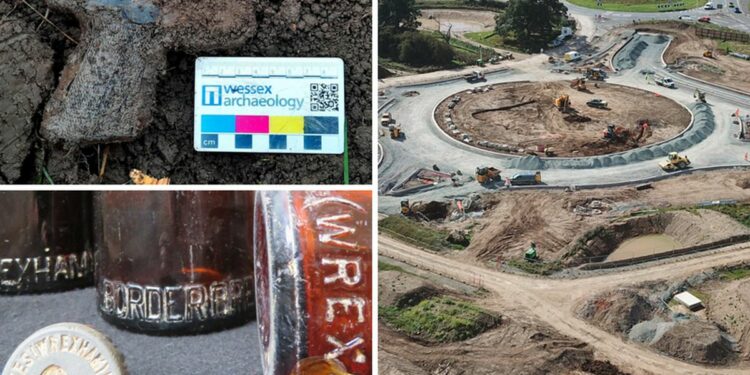Researchers have conducted an exciting historical discovery at the site of a new road layout in Oswestry.
While excavating the site of Mile End’s new dual roundabout, archaeologists discovered traces of a POW camp that housed roughly 2,000 German prisoners during and after WWII.

Wessex Archaeology unearthed a range of building evidence on behalf of Shropshire Council and WSP, revealing a wide camp made up of scattered barracks on a vast sports field surrounded by agricultural land.
The dates of the accompanying artifacts and documentary evidence show that the camp was in use from 1940 to 1948, some years after the end of the war in 1945.

A spent.303 cartridge indicates that a rifle was fired at the site at some point. The discovery of a loaded German pistol near one of the buildings – considered a Sauer 38H pistol, a German Second World War pistol regularly issued within the Wehrmacht – adds to the mystery.

Archaeologists are very enthusiastic about one item: a German soldier’s aluminum metal identification tag, which includes a serial number that they intend to use to track down the individual and their story.























